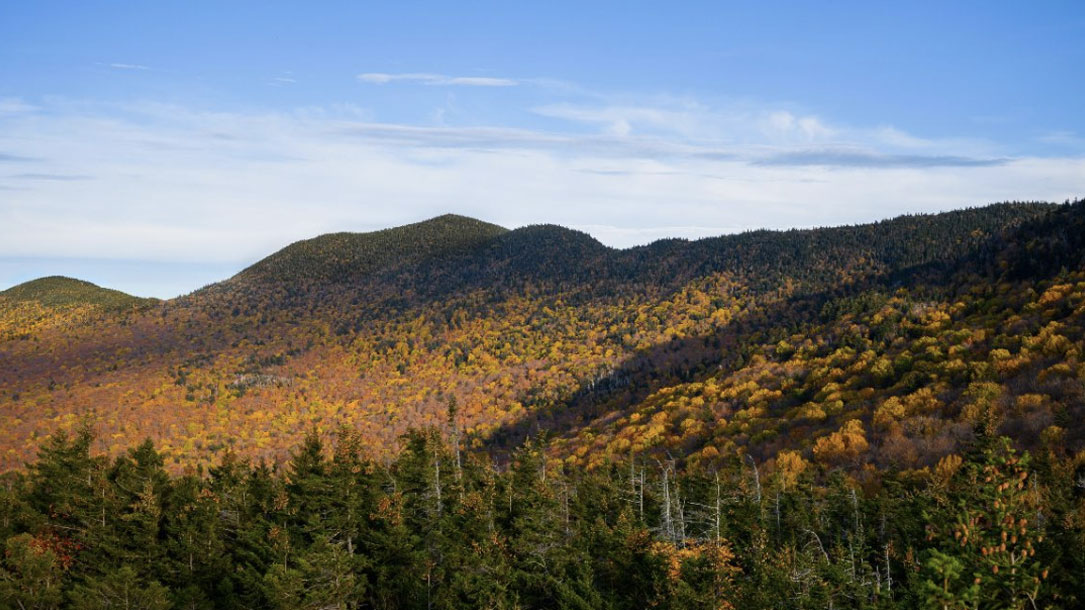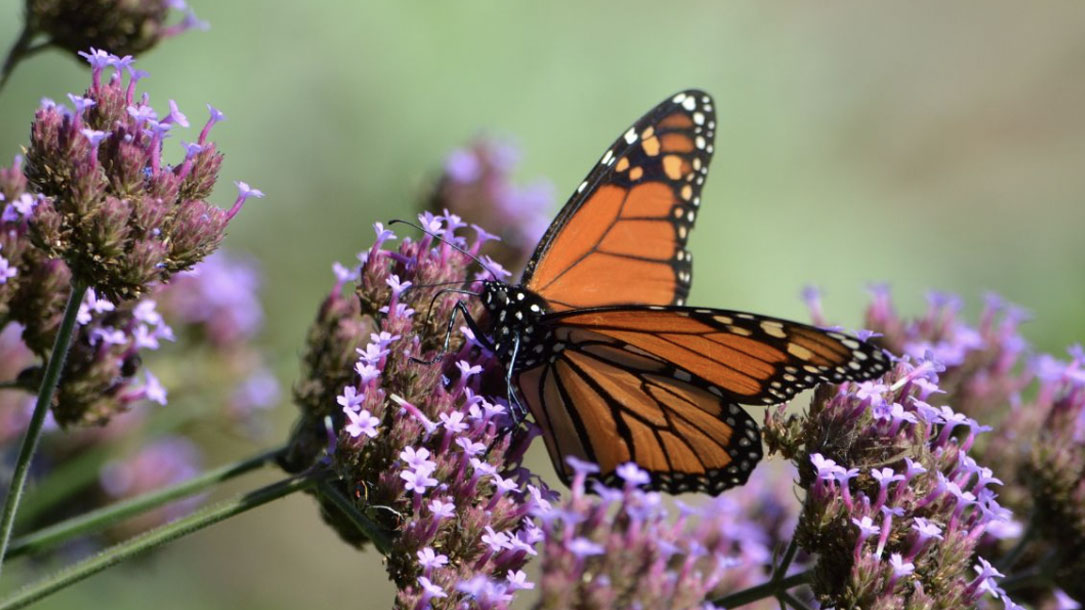Home > Climate News >

Climate change affects bird nesting phenology
Global climate change impacts species and ecosystems in potentially harmful ways. For migratory bird species, earlier spring warm-up could lead to a mismatch between nesting activities and food availability. CO2 provides a useful proxy for temperature and an environmental indicator of climate change when temperature data are not available for an entire time series…

Carbon dioxide levels are the highest in human history
Humans pumped 36 billion tons of planet-warming gas into the atmosphere in 2021, more than in any previous year. It comes from burning oil, gas, and coal. There is more carbon dioxide in the atmosphere now than at any time in at least 4 million years, National Oceanic and Atmospheric Administration officials said…

Cover crops not enough to improve soil after decades of continuous corn
Although about 20% of Illinois cropping systems are planted with continuous corn, it’s nearly impossible to find fields planted this way for decades at a time. Yet long-term experiments like one at the University of Illinois, including over 40 years of continuous corn under different nitrogen fertilizer rates, provide incredible learning opportunities and soil management lessons for researchers and farmers alike…

Carbon offsets, illustrated
The Nature Conservancy has provided a brief guide to one of the climate solutions we need in order to achieve a low-carbon future, faster: natural climate solutions.
They note that we need to cut emissions from fossil fuels and reduce excess carbon dioxide and other planet-warming gases soon, to avoid the worst of the climate change impacts. This might be something you could share with those who are interested in authentic carbon offsets.

U.S. Climate Resilience Toolkit: funding opportunities
Many of the strategies for increasing climate resilience come with a price tag. Increasingly, funding for local climate adaptation and resilience projects must draw on a range of public and private financing. For instance, groups may apply for federal grant funding, work through public/private partnerships, and/or fund projects through local taxes.

Research shows solar habitat installations support pollinators
Join Monarch Joint Venture, Connexus Energy, MNL, and Fresh Energy for a free webinar where they dig into the new study, “Monitoring Pollinators on Minnesota Solar Installation,” which used field data collection practices to document an abundance of bees, butterflies, moths, flies, and wasps utilizing pollinator-friendly solar habitat in Minnesota. We’ll also discuss seed mixes and biodiversity benefits, how utilities and co-ops can lead, and more.

Why keeping mature forests intact is key to the climate fight
Preserving mature forests can play a vital role in removing CO2 from the atmosphere, says policy scientist William Moomaw. In an e360 interview, he talks about the importance of existing forests and why the push to cut them for fuel to generate electricity is misguided…
In an interview, they talk about the challenge in general, what’s happening in the Southeastern U.S., and the wood pellet and biomass-burning industry that is driving the deforestation. They also share what can be done about it…

Finding hope — and faith — in the climate change debate
Katharine Hayhoe, a climate scientist and Christian, is working to bring hope to the climate change debate. On Saturday night [in Salt Lake City, Utah], she did so by describing a giant boulder on a hill…
“People are willing to do something if they feel like what they do will make a difference,” she said.
“Is talking sufficient? Of course not. Is talking necessary? 100%,” she said.

Study: Drought determining tree height and diameter growth
Droughts interact with tree phenology to drive declines in growth. As climate change makes drought more likely in the Northeastern USA, it is important to understand how droughts at different times of year will lead to reduced height and diameter growth of trees…

Linking prairie carbon sequestration and other co-benefits to the voluntary carbon market
A research study at Midewin concluded that prairie restoration led to increased carbon stocks in degraded soils. At Midewin, new restorations contained about 1.5x more carbon than no-till row crops and remnant prairie soils contained about 3 to 4x the carbon stocks than no-till row crops. To supplement the research a literature review was conducted and based on 29 studies, perennial grasslands sequestered on averaged 1.7 metric tons of CO2 per acre per year…












